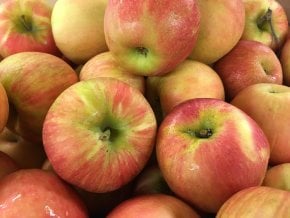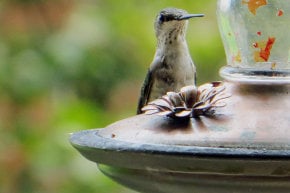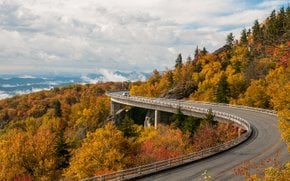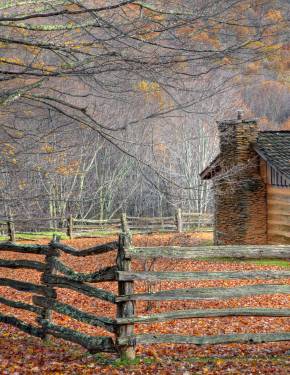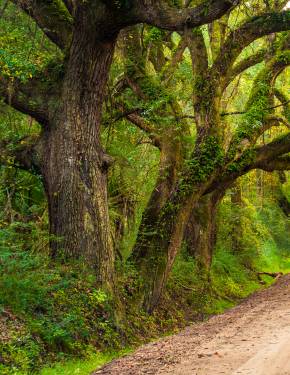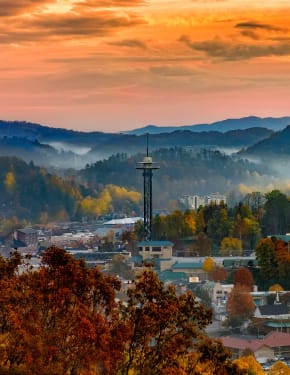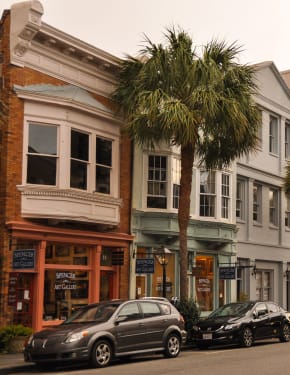Monarch Butterfly Migration in North Carolina 2026
The most recognizable Monarch butterflies fly on the treetop level along the state's best mountain ridges twice a year
Best time: May–July | mid September–early October
Each year, monarch butterflies travel more than 2,000 mile (3,218 km) one-way in search of a better climate. In the fall, they change their location from colder Canada and the US to sunny Mexico. And in the spring, they return to the north. In both cases, Asheville and the surrounding area are known as a usual stop of their journey. Around 300 million of them stay in North Carolina for a few weeks to enjoy their favorite milkweed and other nectar plants.
When Do Monarchs Migrate
Butterflies can be seen in the state twice a year: from May to July, when they return to their breeding and nesting sights in northeastern states of the US, and from mid-September to early October, when they fly south, back to the wintering grounds in Mexico. The butterflies tend to fly along the ridges of the mountains, almost above the trees, stopping to feed in milkweed meadows and flower gardens.
Best Places to View Butterflies
There are many North Carolina locations where you can watch butterflies, but the best of them are hidden in the Blue Ridge Parkway and the Great Smoky Mountains. Hike to the Orchard at Altapass, Pounding Mill Overlook, Cherry Cove Overlook, Mount Pisgah, or Black Balsam. At these places, you are guaranteed to see butterflies in their comfortable, humid environment.
Blue Ridge Parkway
Spread over 469 miles (755 km) through the states of Virginia and North Carolina, the Blue Ridge Parkway is considered to be one of the most picturesque drives in the country. The road begins at the south end of Skyline Drive in Shenandoah National Park and continues southwest to the Great Smoky Mountains National Park in Cherokee, North Carolina. Along the drive, you'll encounter numerous natural landmarks, including Humpback Rocks, Julian Price Memorial Park, Crabtree Falls, Mount Pisgah, and many others. The parkway mostly avoids populated areas, besides Asheville, NC, Boone, and Roanoke.
Pounding Mill Overlook
Situated at Milepost 413.2 along the Blue Ridge Parkway, Pounding Mill Overlook is one of the most popular spots along the drive. It can be found approximately 40 miles (64 km) from Asheville and boasts gorgeous views of the Pisgah National Forest, Looking Glass Rock, and the Frying Pan Fire Tower.
Orchard at Altapass
Another stop along the Blue Ridge Parkway serves as a perfect spot for monarch butterfly viewing. Located at Milepost 328.3 of the parkway, the Orchard at Altapass has a hundred-year history of community events, apple harvests, and butterfly migrations. Due to the orchard's milkweed fields, hundreds of monarch butterflies flock to the grounds to feed. You can also witness the life cycle of monarch butterflies at the Butterfly Conservation Center. The orchard is open from May through October, from Thursday through Saturday. The grounds welcome new visitors from 10 am until 5 pm.
Black Balsam Knob
Black Balsam Knob is located closer to Asheville, at Milepost 420.2 of the Blue Ridge Parkway. At an elevation of 6214 feet (1894 m), the summit offers great vistas of the surrounding forests and mountains on the horizon. The hike from the parkway is just 0.5-mile (0.8 km) long and is fairly easy to complete. The summit itself is bald and doesn't have any trees, which makes it perfect for some snapshots. Butterflies can be seen flying over the area during fall.
Monarch Butterfly Species
Monarch butterflies are considered to be the highest pollinator priority in North Carolina due to their population decline. The species is also known as Danaus plexippu and can generally live from two to six weeks for four to five generations. The last generation, which performs the famous migration to Mexico and back, has a lifespan of eight months. Monarch butterflies mainly feeds on milkweed plants, which, as their name implies, release a milky substance. Monarchs often use milkweed as nesting grounds for their larvae. During their migratory flights, butterflies also feed on other plants, such as goldenrod, thistle, and ironweeds.




























































